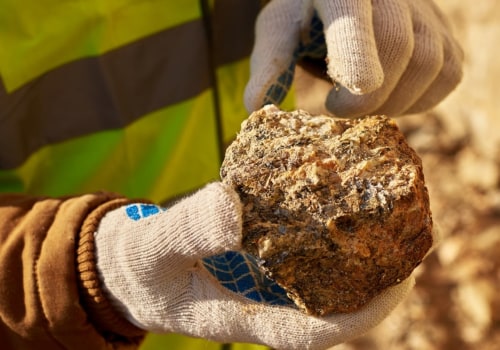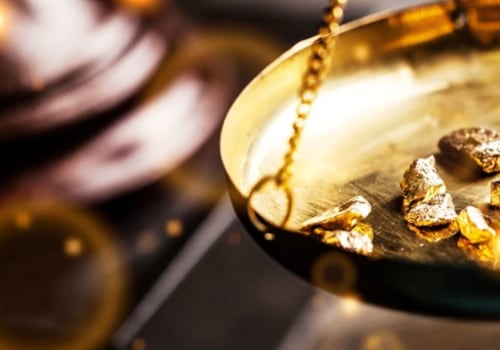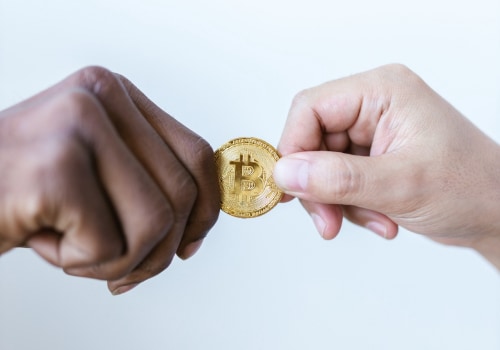Precious metals are rare metals that have a high economic value. They are valuable because they are scarce, useful for industrial processes or have investment properties that make them a good store of value. Notable precious metals include gold, silver, platinum and palladium. This is a guide to investing in precious metals.
We will cover what they are; the advantages, disadvantages and risks of investing in them; and some investments in precious metals to consider. Gold and silver are the most popular precious metals. However, there are also many other types of precious metals, such as platinum and palladium. Palladium is a precious metal highly valued by investors.
It is highly resistant to corrosion and has an attractive silver-white appearance. Palladium is a relatively soft metal and is particularly rare, significantly rarer and more expensive than silver or gold. The quick answer is that gold, silver, platinum and palladium are the main metals approved by the IRA and are the best metals to invest in. The oldest method of investing in gold and silver is simply to buy some physical coins or bars.
In general, ingots come in fractions of a troy ounce, so they are suitable for investors with a variety of budget sizes. Therefore, you will have to face that tax whether you own your metal in bars, ingots, coins or any other form. Closed-end funds are a similar investment proposition to ETFs, but can often be traded at significant discounts on the underlying spot price of the related metal, unless they offer investors the option to exchange shares for physical metal. In addition, due to the rarity of gold and silver, these metals maintain a significant value that often grows in times of economic uncertainty.
Sprott Asset Management LP is the investment manager of Sprott Physical Bullion Trusts (the “trusts”). The tax rate on investments in precious metals held for less than one year will always be the rate of revenue for the taxpayer. Mutual funds are not guaranteed, their values change frequently and previous performance may not be repeated. Silver is a hybrid metal, it has incredible physical properties that make it useful in technology and as a form of money.
This is another precious metal that is commonly found in small concentrations in nickel deposits; it is also found in platinum ore. Investors who purchased the metals directly will have a cost base equal to the amount they initially paid. Osmium is one of the rarest metals found in the earth's crust and has multiple applications, leading to its high economic value. Several factors can drive precious metal prices, including changes in the economy, Federal Reserve policy, investor demand, mining supply and inflation.
Exchange-traded funds (ETFs) are typically bought and sold at prices very close to the spot price of metal, but charge annual management fees to cover costs (trading, storage, insurance, trust supervision, and shareholder reporting) and provide benefits to the manager. Investing in precious metals brings some benefits over investing in stocks, such as being a protection against inflation, having intrinsic value, having no credit risk, a high level of liquidity, bringing diversity to a portfolio and ease of purchase. Now that we've covered the ways in which investors can invest in gold and silver, the following sections are about how to value it. There are many ways to buy precious metals such as gold, silver and platinum, and many good reasons why you should give in to the treasure hunt.
.




Leave a Comment